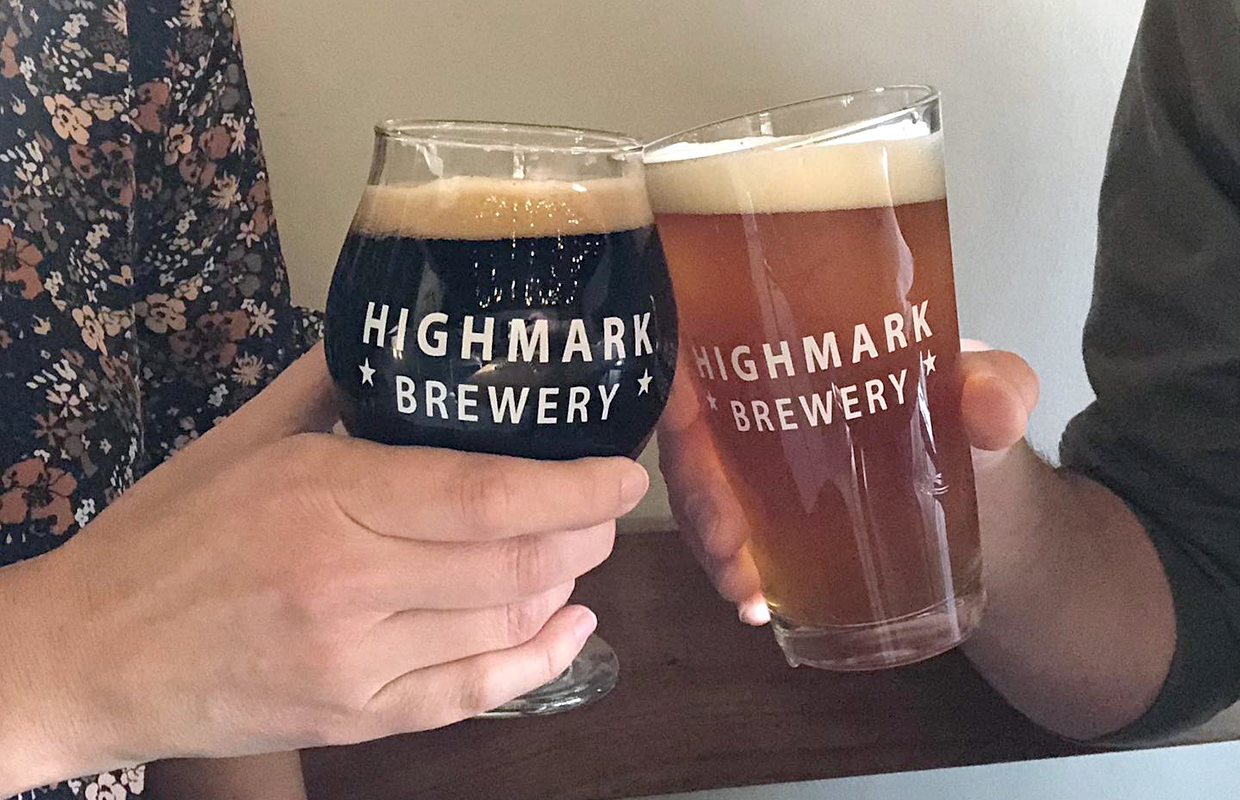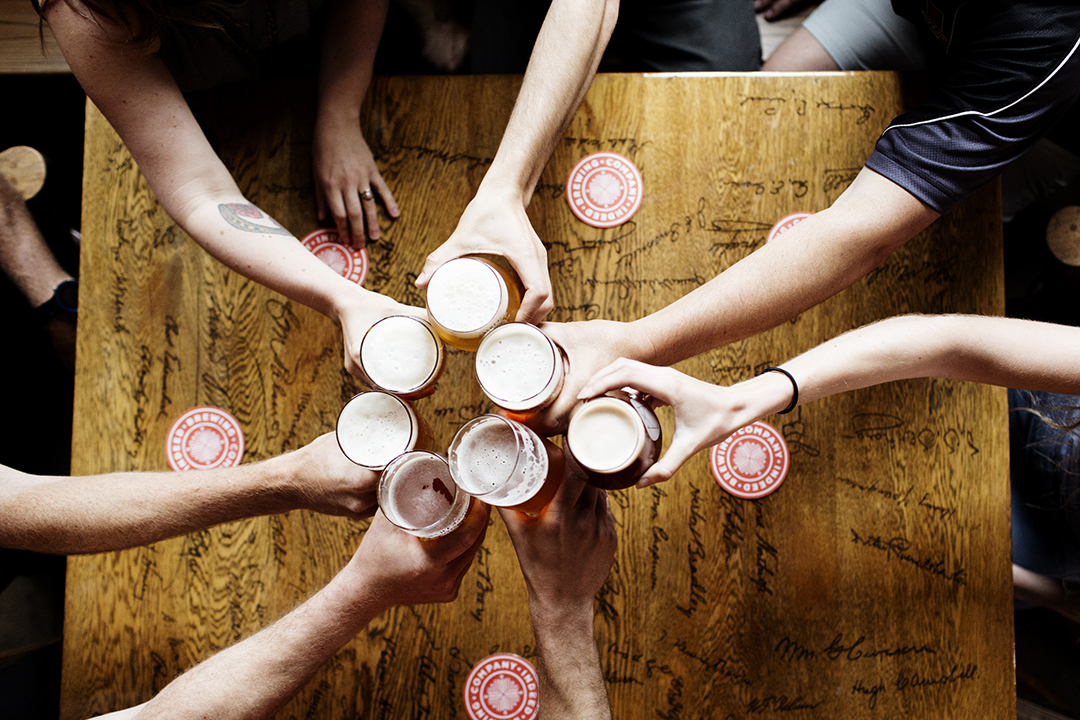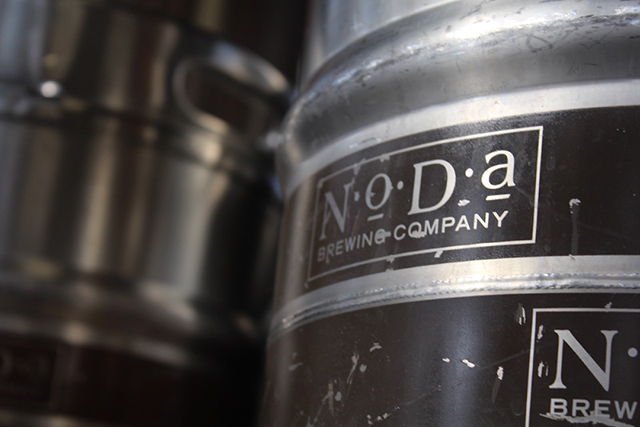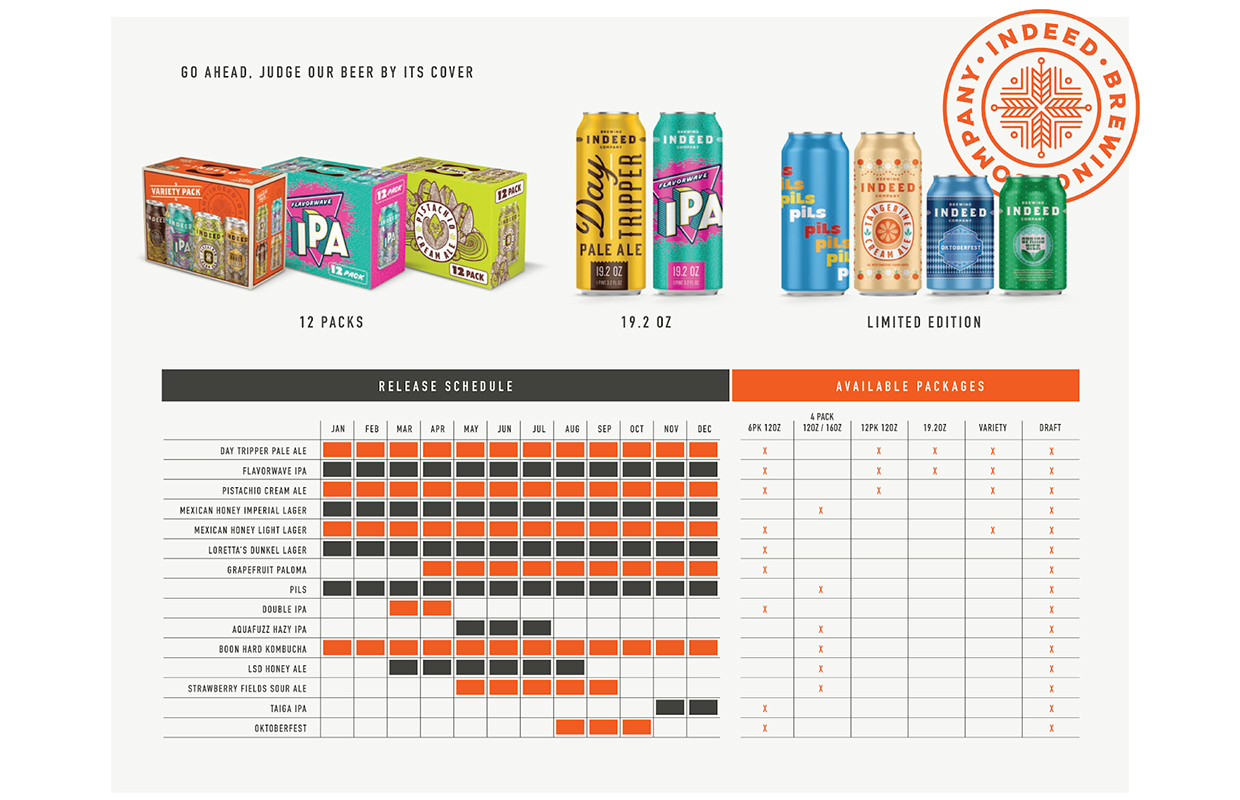
No matter how much new and improved malted grain can become, going back to the classics can be a fun way to re-explore something that could be completely new to your customer base.
Using rye can be tricky, but brewers love a challenge. Ray Babbitt of Beer Hound Brewery in Culpepper, Virginia and Morgan O’Connell at Highmark Brewery in Fredericksburg, Virginia both enjoy the remonstrance of putting a quality Rye IPA on tap. But going further into other styles is on their mind as well.
“I’m not exactly breaking new ground, but I’m hoping to use rye in a Porter coming up in the fall when the weather is a bit more suited for that,” O’Connell said. “Like with a lot in brewing, there’s the theory and then the practice. Nothing really does the same as using and getting used to a new ingredient.
“Rye is a pretty distinct flavor, but if you can pair it up with a sympathetic flavor, it can yield very unique and tasty results.”
Beer Hound makes Rosco Rye a 6.5% ABV IPA that lets the rye come through and isn’t overpowered by a mass amount of hops. They use rye as 15% of the grist to add a light spicy and peppery note and to add some complexity between the bitterness of the hops and the sweet malt.
Babbitt enjoys Rye in a Kentucky Common that they make as well. For that, the rye is there to add color with a tiny amount of the rye character. It provides a light coffee, chocolatey note with little to no bitterness from the roast.
“In the past we have used two types of Rye malt,” he said. “We use malted rye for our Rye IPA, and we have incorporated chocolate rye (about 5% of the grist) in our Kentucky Common.
“We do not use any flaked or rolled rye in our beers, it is all whole malted grain.”
BREWER: Are there any technical challenges or tips you have for using rye for someone that hasn’t used it yet?
BABBITT: I suggest adding rice hulls for insurance, as no one wants a stuck mash. In addition, I would suggest raising the mash temp a 1-2 degrees to prevent the rye from being too thick and sticky, but not too high a temp as this can lead to less fermentable wort and possibly some off flavors. I also prefer to raise the water-to-grain ration to create a thinner mash which will help to alleviate any issues with settling of the mash and creating a slow runoff. I typically use a ratio of 1.25 quarts of water per 1 pound of grain for most of the batches and in this instance, I will use 1.5 quarts to 1 pound. Not a major difference but it does the job combined with raising the mash temp.
O’CONNELL: Like any other ingredients besides malted barley, there’s going to be some differences in water absorption, how thick the mash ends up, and potentially stuck sparge. It came close enough last time to have me plan on using some rice hulls in the mash next time.
BREWER: What flavors/aromas/mouthfeel did you expect … and didn’t expect from using rye? How did you use them to your advantage or have to alter the idea of the beer in later iterations?
O’CONNELL: Well, the ‘spicy’ characteristic definitely is what we were shooting for, hopefully without being overpowering. You still want it to drink like an IPA. To help balance that, we skewed to more ‘earthy’ hop varieties, namely Amarillo, for aroma.
BABBITT: Everything I experienced from the rye was subdued, due to the styles I have brewed. It imparts a subtle spicy note you can detect on the back end of the IPA and the small amount used in the Kentucky Common is more for color and adding a tiny amount of noticeable spice.
BREWER: How do you look to educate a consumer on what rye gives to the beer? Can rye scare off people?
O’CONNELL: That’s a tricky one. Sometimes the adjectives used to describe hops/malts/beer isn’t what might be used in typical conversation. It’s not spicy like a hot pepper, so sometimes saying it is will scare people off, but that’s the nice thing about giving out samples. I honestly fall back to asking if people like the rye chips in a pub mix to gauge A reaction before really recommending it to a patron if they are curious, but unfamiliar with the style.
BABBITT: Rye can add body, but also a sharpness to the beer. This sharpness is sometimes perceived as bitterness and can influence the dryness of an IPA accentuating the hoppy bitterness and blending the spiciness of the rye seamlessly in an IPA. I feel they play off each other very well, all dependent on the percentage of rye used — and the targeted IBUs, of course. Rye can definitely shy people away due to the expectations they compare with rye bread alone. If properly educated or advised to the perception of the beer they are about to experience, they might actually enjoy the beer and find out its something they may pursue when looking for similar beer styles.




Be the first to comment